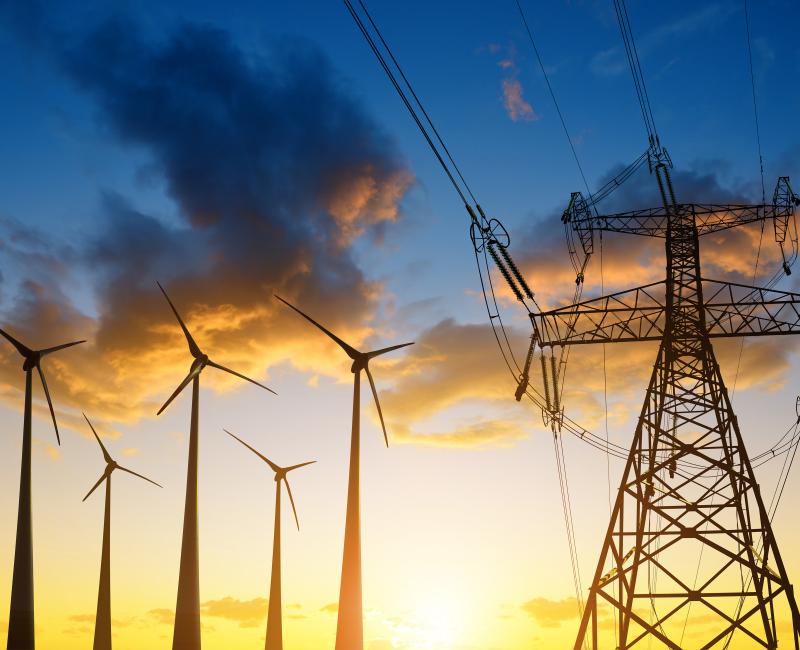16.12.2024
ACER monitoring: increase flexibility and grid capacity cost-effectively for EU decarbonisation, competitiveness and security of supply
Image

ACER monitoring: increase flexibility and grid capacity cost-effectively for EU decarbonisation, competitiveness and security of supply
What are the two ACER reports about?
Today, ACER publishes its Monitoring Reports on electricity infrastructure, and security of electricity supply respectively.
ACER’s first electricity infrastructure Monitoring Report:
- Assesses the cost impacts of investing in electricity transmission and distribution networks to keep pace with the energy transition.
- Analyses how cross-border electricity network planning aligns with grid capacity needs.
ACER’s annual Monitoring Report on security of EU electricity supply:
- Examines implementation by Member States and the European Network of Transmission System Operators for Electricity (ENTSO-E) of the resource adequacy framework to safeguard Europe’s security of electricity supply.
- Assesses whether national capacity mechanisms align with the European goals of decarbonisation and affordability.
What are ACER’s key findings?
- The stakes are high for the clean energy transition. Failing to address power grid capacity needs and the persistent support of fossil-fuel generators by capacity mechanisms risks delaying the energy transition. Europe has a unique opportunity. Speeding up grid development and increasing the capacity of existing grids play a big role in enabling decarbonisation.
- Containing system costs (one of the main drivers of electricity costs) is key for EU competitiveness: System costs refer to the expenses incurred beyond the cost of energy. These include grid-related costs, expenses associated with support schemes such as national capacity mechanisms, and other related expenditures which together add up significantly. ACER points to the need to contain the rise in costs: in 2023 the costs of capacity mechanisms increased by 40%. ACER’s monitoring forecasts network cost increase of 20-40% by 2030, and possibly up to 100% by 2050; if so, possibly endangering the overall affordability of electricity bills. ACER points out that in many cases, increasing the capacity of existing electricity grids could be a less expensive alternative to new lines build-out.
- Implementation of the infrastructure planning and resource adequacy frameworks has advanced, but much more is needed promptly. For example, there is still no joined up (electricity and gas) infrastructure planning by the European gas and electricity transmission system operator bodies.
What are ACER’s recommendations?
- Prioritise efficiency:
- Make better use of existing grids to increase grid capacity before building new ones.
- Ensure that any national capacity mechanism is firstly needed, well-designed, open to cross-border participation, and coordinated with any support schemes for flexibility to control costs.
- Further implement and improve the security of supply and infrastructure planning frameworks.
- Foster a more coordinated approach between Member States to lower security of supply costs and accelerate cost-efficient investments in regional infrastructure.
- Carefully monitor investments across all grid levels to track how grid developments align with the energy transition.
Would you like to find out more?
Dive into the reports and infographics:
